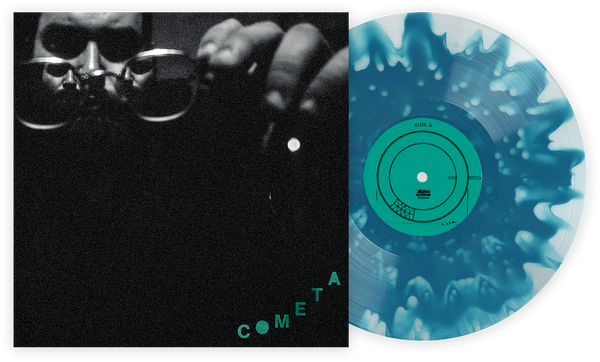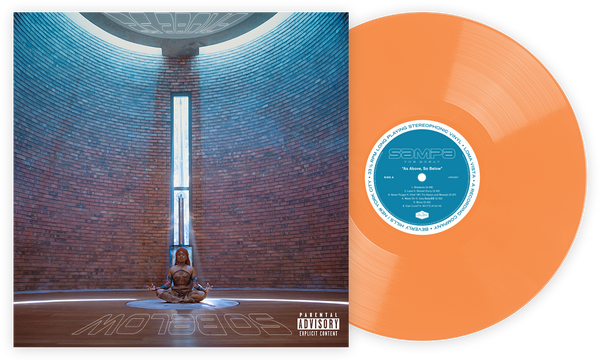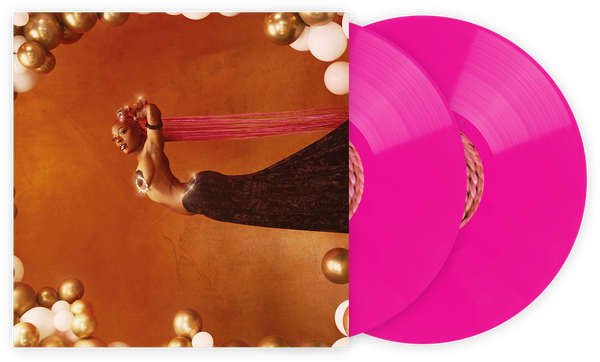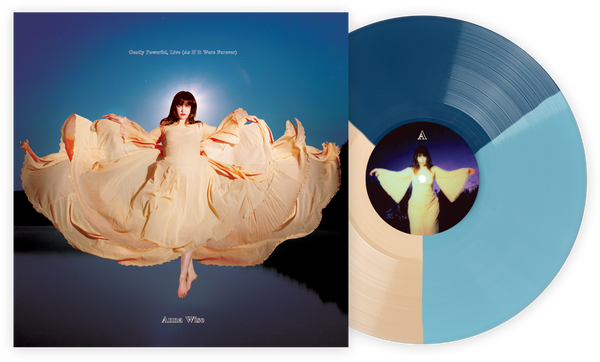Remembering Prince’s Secret Jazz Group
The Story Of Madhouse, Who Made Two Albums 30 Years Ago And Disappeared
In 1987, Prince released Sign ‘O’ The Times, an all-encompassing magnum opus that showed his full range, from psychedelic pop to slow jams and everything in between. This was the album that spawned both “U Got The Look” and “If I Was Your Girlfriend,” topping the Pazz & Jop poll along the way. Yet, in the same year he released what may be his greatest album, he also put out two anonymous albums of instrumental jazz fusion under the pseudonym Madhouse. Prince would dabble in jazz throughout his career but never again so wholeheartedly, never during such an otherwise artistic peak. Thirty years on, the two Madhouse records are forgotten but to hardcore fans of the Purple One. Despite their flaws, these albums illuminate an artist who loved to dabble in every style he could.
Madhouse released two albums in 1987, 8 in January and 16 in November. Each song was similarly titled with a simple number and credited only to Madhouse. Though they carried the Paisley Park label, early press releases claimed the group was a quartet consisting of keyboardist Austra Chanel, rhythm players Bill and John Lewis, and saxophonist Eric Leeds. In reality, everyone but Leeds was complete fiction. Like Christopher, the supposed composer of the Bangles’ “Manic Monday,” these musicians were actually Prince using pseudonyms to hide his involvement. Prince composed and performed the bedrock of every track, using the studio to play with himself, a double entendre he would surely appreciate. Eric Leeds added lead melodies on woodwinds, and a few other associates like Sheila E. made occasional contributions, but this was a Prince project with Prince’s name purposefully left off. Leeds, a part of Prince’s entourage since the Purple Rain tour, recalls that his collaborator “wanted the music to be related to on its own merits, and perhaps was concerned that if it was released as a ‘Prince jazz album,’ it would draw more attention to the idea that Prince would play jazz than to the value of the music itself.”
The value of the music on its own is debatable, but it’s compelling as an insight into Prince. As much work as he put into disguising the project commercially, it’s difficult to listen to Madhouse and not notice some shades of purple, particularly compared to Times tracks. “Two” has the swaggering stomp of “Housequake,” played on live drums instead of a Linn. Prince’s so-called Minneapolis sound transposed melodies written for horns to synthesizers. On this track, he takes it one step further, with sax parts that sound like someone plinking through a keyboard. “Thirteen” is based around bluesy power chords, played on either a synth meant to sound like a guitar or vice versa. The tone is perfectly distorted to a dull sheen. It’s the same sound as the leering “Hot Thing,” a paradoxically gritty polish that would later dominate his Batman soundtrack. The most obvious Prince-isms are the dialogue samples scattered throughout Madhouse, the only vocal parts to be found. “If I Was Your Girlfriend” begins with a snippet of a sidewalk huckster, but “Eleven” builds an entire song around a loop of someone saying “baby doll house,” then tops it off with a Godfather line for the intro. “Five” is more sound collage than song, snippets of phone conversation like “Five Star Restaurant, can I help you?” and “Hi, how ya doin sexy?” overlapping with an accelerando snare beat. The clues to Prince’s involvement are there. When a song opens with the moans of a woman simulating climax, it’s not difficult to guess that the artist responsible for Parental Advisory stickers might be behind the curtain.
Leeds wasn’t willing to maintain the illusion of his fictitious bandmates for long anyhow. Eventually, as he told Matt Thorne in Prince: The Man and His Music, he thought “This is dumb. This is me and Prince making a record and my bio looks better if we say it’s me and Prince.” And he deserved to keep that musical company; his sax is a highlight throughout Sign ‘O’ The Times. He appears on “Housequake,” his downbeat stabs as dismissive as Prince’s James Brown-on-helium, and on “Hot Thing” too, his explosive solo adding some organic lust with hot air through brass. But Leeds also answers every gentle Prince line with trembling triplets on the romantic “Slow Love.” He even gets a co-writing credit for the full band rave-up “It’s Gonna Be a Beautiful Night,” recorded live in Paris.
With the purposefully oblique credits, it’s unclear whether Leeds’ parts were entirely his compositions or co-created with Prince. Regardless, Leeds’ most important contributions to Madhouse were straight-up riffs. Prince albums don’t usually feature primal lizard brain riffs; of course he would save them for his jazz albums, for his saxophonist to play. “Ten” announces itself as the clear single. Leeds climbs and descends with a bratty, percussive simplicity. The thumping low-end continues unaccompanied until he resolves the melody with four notes compressed into one beat. As the song plays on, synthesized pings pop in and out, but that riff never loses dominance. “Six,” another single, begins with a counterpoint on bubbling bass but soon introduces the main attraction. Leeds pounds into the same pitch four times before strutting downwards, always returning to that top note like a rollercoaster on repeat. His part on “One” works in reverse, staccato articulation up and slurred wailing back down. Beyond that riff, it sounds like stereotypical smooth jazz, accompanied by peppy piano and swirling synths.
That dated smoothness is unfortunately all over these albums. Though he listened to all-time greats like Miles, Coltrane and Duke, Prince could not come close to beating them at their game. Revolution guitarist Wendy Melvoin described him in Thorne's book as “more of a contemporary-jazz guy, the kind of jazz that I always refer to as weather-channel music, the stuff you hear on the weather channel, really smooth, and he functions well in that environment, but I wouldn’t put a fake book in front of Prince and say, ‘Can you go ahead and play ‘Autumn Leaves’ for me?’” Even in that arena, the misses outweigh the hits. The dramatic rhythm in “Fifteen” repeats incessantly, never giving way to a satisfying conclusion. “Twelve” is an unremarkable swing number that would fit well in the background of a generic film noir. An overdubbed crowd claps along then erupts into applause that feels unearned to an actual listener. “Three” and “Fourteen” are ballads that aim for gentle but shoot past into boring. They would make great elevator music, actually.
After 1987 came Graffiti Bridge, the Super Bowl, and fentanyl. Prince collaborated with Leeds a few more times and added jazzy flourishes to his solo work every so often. He never released another Madhouse album. Maybe he realized that he needed vocals to truly get his point across. Maybe he was no longer interested in the project once his involvement became public knowledge. Maybe he just got bored. Ultimately, Prince did what Prince wanted, and it’s clear he wanted to leave Madhouse behind, along with Vanity 6 and the Revolution and even eventually his own name.
I stumbled across these albums two years ago at a record fair in Chicago. My eyes were initially drawn to the pin-up aesthetic of the covers, but they lit up when the seller informed me that these slabs were actually Prince—’80s Prince, nonetheless. In theory, Madhouse was the ideal reward for crate digging: well-preserved and previously unknown. In actuality, it is more interesting than enjoyable. The Purple One famously locked away his unfinished music in a private vault. It’s a privilege to hear him play around with ideas that eventually ended up in a masterpiece like Times, even when transposed to another genre. The Madhouse albums are ultimately just a footnote in Prince’s discography, but with a career like his, even the footnotes are instrumental.
Jack Riedy is a Chicago-based writer, comedian, and person. He is also the self-appointed world’s biggest Space Jam fan. Read more of his work at jackriedy.com.
Join the Club!
Join Now, Starting at $36Pages








